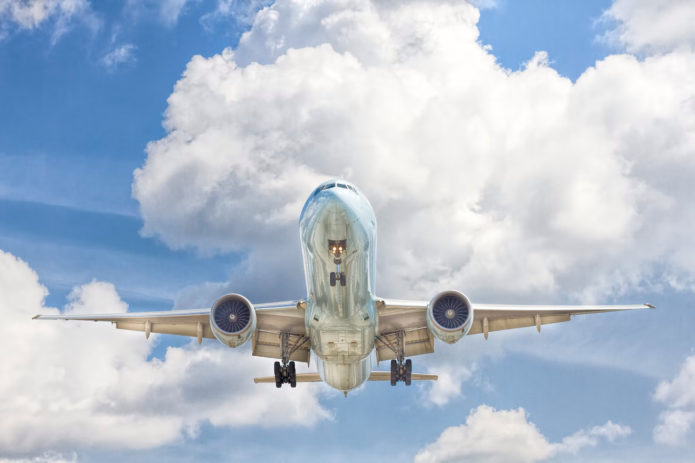Plastics can be considered the future of the aerospace industry and more advantageous than other materials. Why? There are several facts behind this, and history shows how the aerospace industry derives benefits from plastic materials. The use of premium plastics has increased in the interior of aircraft. However, recently, many applications to benefit from plastics have been many.
Use of Plastics in Luggage and Wall Panels
In Aircraft interior plastics, wall panels and luggage spaces are from premium acrylonitrile butadiene styrene plastic. It is perfect for forming a vacuum and, thus, perfect for giving the desired shape. Its lightweight density and strength make it perfect to use in various applications, benefitting the aerospace industry.
Use of Plastic in Seals and Ventilation Ducts
One of the main reasons to pick polycarbonate plastic is its excellent resistance to high thermal expansion. As aircraft are subjected to extreme temperatures, it is important to have plane parts that withstand the temperature. The plastic with high thermal stability is perfect, contributing to its durability without impacting its resistance power.
As new generation planes come into being, thermoplastics are the popular pick. Besides, polyphenylene has found wide usage in various applications. Polyetherimide is also popular in the industry, and engineers can easily use this material that meets smoke, flame, and other toxicity standard requirements. It is important to ensure the complete safety of parts used in aircraft.
Latest Aviation Interior Plastic for Better Performance
Refining safety standards and performance limits, petrochemical manufacturers offer improved quality plastics. These are the best solutions for aircraft’s interior plastic changes with their overall impact. The processing capabilities of the plastics should include the following:
- Allows for greater design and reduces overall weight
- Give high resistance to chemicals
- It offers better performance and is stringent to flame retardancy
- It lowers the overall cabin noise and boosts performance
- It has excellent toxicity and smoke properties
These are some of the characteristics of aircraft plastics from manufacturers of SABIC. Our designers come up with the best ideas to use premium material for the aviation industry without compromising quality.
Besides, the exterior of the aircraft has plastic. Other than reducing overall plane weight, it reduces the chance of corrosion, so plastic is used in the doors. In addition, it makes the door resistant to hydrolysis and steam and can withstand low and high temperatures at various altitudes. It is how plastic gives way to future generations of designers and brings significant changes to the aerospace industry.
Experts’ Opinion on the Use of Old Plastic
Experts think old plastic can find a new role in the aerospace industry, as the material remains the first choice for its characteristics. The increase in plastic technologies goes beyond its old limits of torque handling, load-bearing, and gear driving use in the aerospace industry. Characteristics like superior heat and radiation resistance enable plastic to play a significant role in the industry.
Create Innovative Designs with Plastics
Plastics allow for innovative designs, so they are a primary choice for the industry. It gives way to creating revolutionary designs that are ergonomic with an aesthetic finish. It is easy to shape and mold than traditional aluminum and rubber. Thus, free of design contributes to the evolution and will help future generations design affordable, comfortable and fastest aircraft.
Use of Plastics for Technical Components
From wiring to bearing, aircraft plastics have been found its usage in the smallest of compounds. It is mainly due to its lightweight characteristics for as many aircraft parts as possible. It is where plastics have great use in the industry without compromising on their quality.


